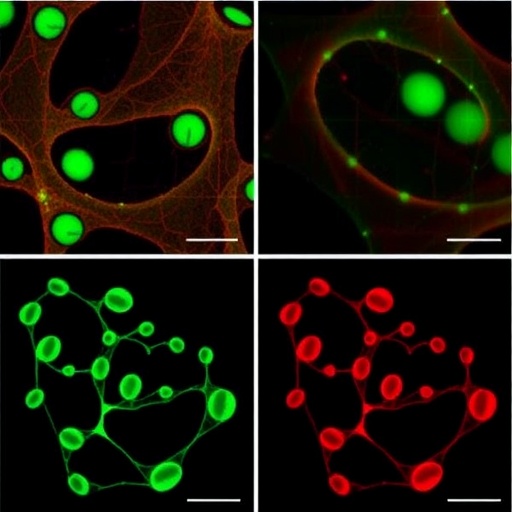What can a beetle tell us about good design principles? Quite a lot, actually.
Many insects and crustaceans possess hard, armor-like exoskeletons that, in theory, should weigh the creatures down. But, instead, the exoskeletons are surprisingly light — even allowing the armor-wearing insects, like the beetle, to fly.
Northwestern Engineering's Horacio D. Espinosa and his group are working to understand the underlying design principles and mechanical properties that result in structures with these unique, ideal properties. This work could ultimately uncover information that could guide the design and manufacturing of new and improved artificial materials by emulating these time-tested natural patterns, a process known as bio-mimicry.
Supported by the Air Force Office of Scientific Research's Multidisciplinary University Research Initiative (MURI), the research was featured on the cover of Advanced Functional Materials. Postdoctoral fellows Ruiguo Yang and Wei Gao and graduate student Alireza Zaheri, all members of Espinosa's laboratory, were co-first authors of the paper. Cheryl Hayashi, professor of biology at the University of California, Riverside, was also a co-author.
Though there are more than a million species of beetles, the team is first studying the exoskeleton of the Cotinis mutabilis, a field crop pest beetle native to the western United States. Like all insects and crustaceans, its exoskeleton is composed of twisted plywood structures, known as Bouligand structures, which help protect against predators. Fibers in this Bouligand structure are bundles of chitin polymer chains wrapped with proteins. In this chain structure, each fiber has a higher density along the length than along the transverse.
"It is very challenging to characterize the properties of such fibers given that they are directionally dependent and have a small diameter of just 20 nanometers," said Espinosa, the James N. and Nancy J. Farley Professor in Manufacturing and Entrepreneurship at Northwestern's McCormick School of Engineering. "We had to develop a novel characterization method by taking advantage of the spatial distribution of fibers in the Bouligand structure."
To meet this challenge, Espinosa and his team employed a creative way to identify the geometry and material properties of the fibers that comprise the exoskeleton. They cut the Bouligand structure along a plane, resulting in a surface composed of closely packed cross-sections of fibers with different orientations. They were then able to analyze the mechanics of the fibers.
"With more than a million species, which greatly vary from each other in taxomic relatedness, size, and ecology, the beetle is the largest group of insects," Hayashi said. "What makes this research exciting is that the methods applied to the Cotinis mutabilis beetle exoskeleton can be extended to other beetle species."
By correlating the mechanical properties with the exoskeleton geometries from diverse beetle species, Espinosa and his team plan to gain insight into natural selection and better understand structure-function-properties relationships.
###
Media Contact
Megan Fellman
[email protected]
847-491-3115
@northwesternu
http://www.northwestern.edu
############
Story Source: Materials provided by Scienmag




